Temperatures drop, the streets are decorated with sparkles and the Christmas spirit is everywhere. In Portugal, there are Christmas traditions that are strictly followed, generation after generation. A hearty table is synonymous with Christmas – boiled codfish, "bolo-rei" or Christmas french toasts are some of the regulars –, Missa do Galo (literally: Rooster Mass) was (and still is) another of the Christmas Eve classics and the exchange of gifts, at night or in the Christmas morning, the climax of an entire season of joy. But in certain villages or cities, there are Christmas traditions that might be older than Santa Claus himself, and are so particular and peculiar that they are worth discovering. Join us on this traditional Christmas journey.
Bananeiro - Braga
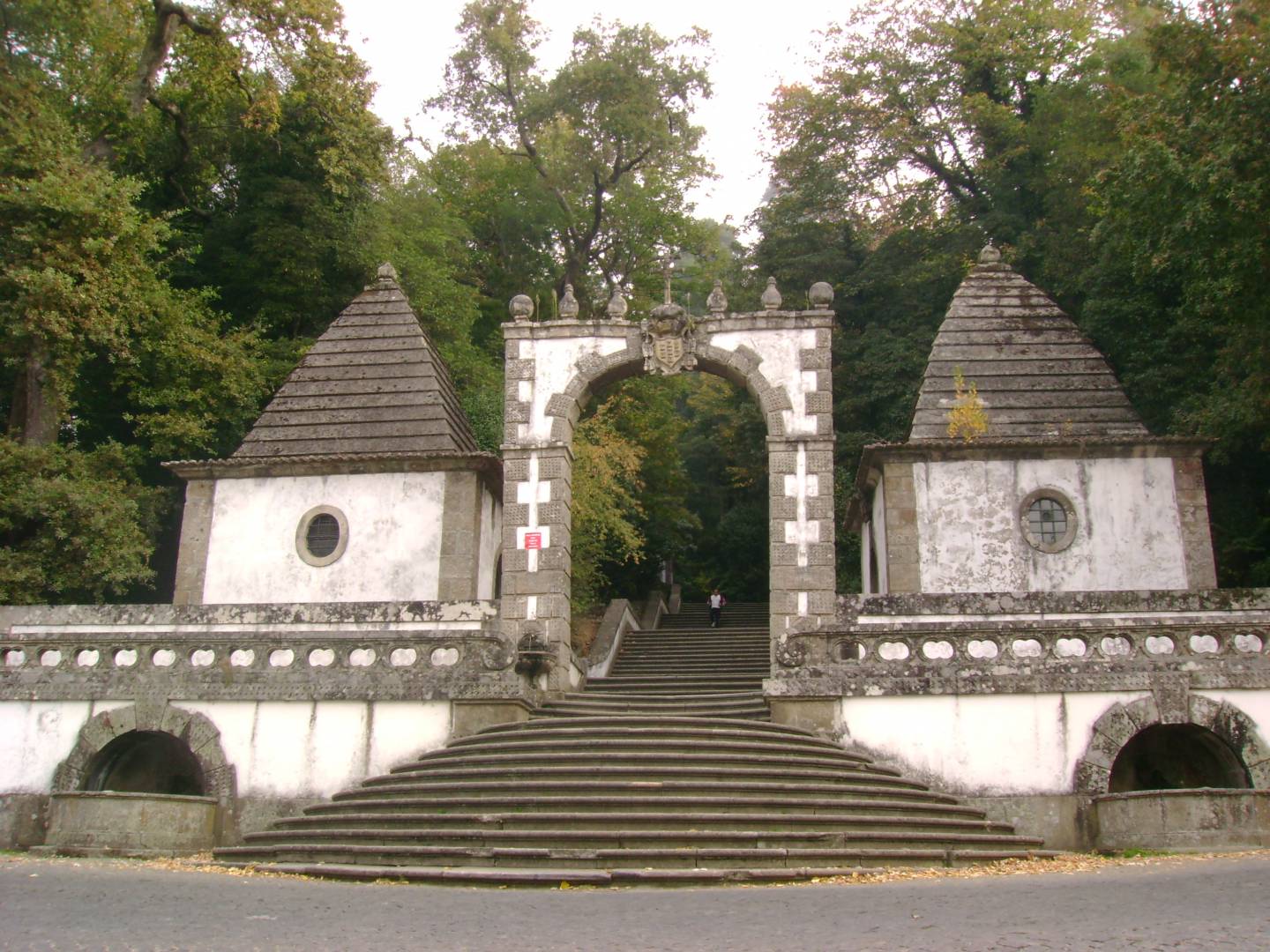
In Braga, Christmas (also) means a banana in one hand and a bottle of muscat wine in the other. This Christmas tradition was born around 40 years ago, when both the fruit and the liqueur wine were luxury delicacies, and the traders in the street Rua do Souto agreed to join in front of number 26 (A Casa das Bananas, one of the oldest stores in the city) to wish Happy Holidays to customers and friends. The custom quickly spread throughout the city and ended up becoming a local ritual. Therefore, on the 24th of December, it is not surprising to see Braga crowded with people, who gather in the city center to exchange warm Christmas wishes.
Caretos de Varge - Bragança
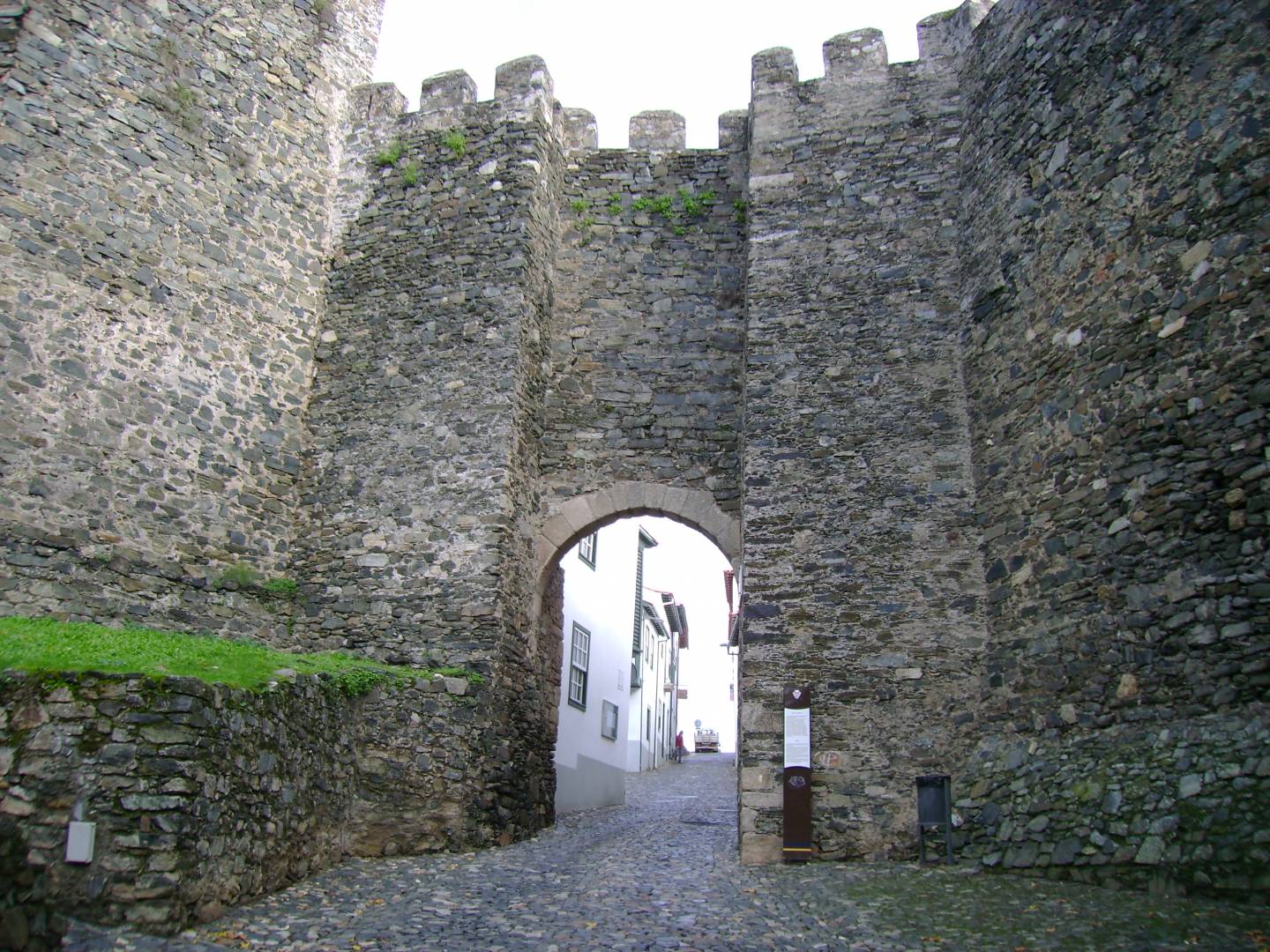
From the 24th to the 26th of December, the village of Varge is full of boys, who participate in one of the oldest Christmas traditions in Trás-os-Montes. The 24 they get together secretly to outline their plan and, on the 25th, after the Christmas Mass, they appear dressed in colorful masks and costumes, in a great uproar to the sound of their rattles and a bagpiper accompanied by bass drum and snare box. No one escapes them: hay is thrown at the people, the girls are “shocked” and even the animals are teased. Another tradition is the “Cantar das Loas”, a kind of social critique of the events of the year that went by. A celebration of the winter solstice, which seems to date back to ancient pagan festivities.
Madeiro - Castelo Branco

In the interior of the country, from Trás-os-Montes to Alentejo, Christmas is marked by the ceremony of burning wood (Madeiro), during the night of the 24th of December. A big bonfire, which lasts all night, is made in the churchyard and the population gathers after the Midnight Mass for a happy (and heated) fraternization. In some locations in the Castelo Branco district, there are some rituals maintained over time: the collection of wood is the responsibility of single men, the cutting and transport of wood is done on Christmas Eve (or the Sunday before) and the population awaits the arrival of the group, announced by the church bell, transforming this stage into a moment of celebration and joy. At midnight, the Missa do Galo (Rooster Mass) and the Lighting of the Bonfire begin simultaneously.
Magusto da Velha Natalício - Aldeia Viçosa (Guarda)
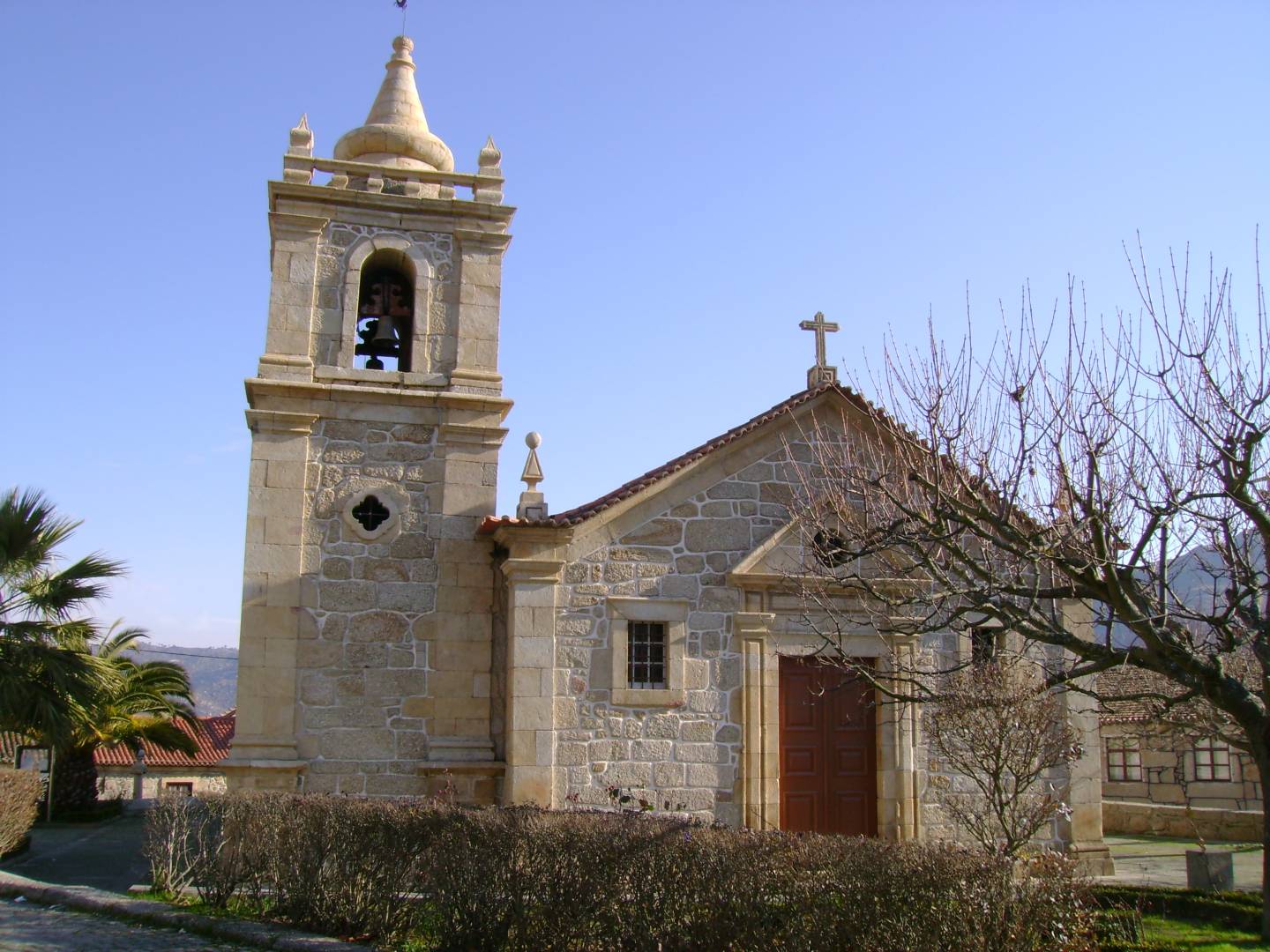
On the 26th of December, the population of Aldeia Viçosa, in the municipality of Guarda, gathers in the church atrium, around a tradition called “Magusto da Velha”. About 150 kilos of chestnuts are thrown from the building's belfry, while the bells ring non-stop! A part of them goes into the pockets of those who pick them up – subject to “cavaladas”, a more recent tradition, where whoever is crouching is subject to being jumped on –, but the rest go to the bonfire (Madeiro) in the village and everyone joins in a happy get-together, where they eat, drink... and pray! This Christmas tradition dates back to the 17th century, when a very rich lady wanted to leave a large inheritance to the village parish, to feed the poor with chestnuts and wine. On the other hand, they should pray for her soul an Our Father for her at Christmas time.
O Menino Mija? – Açores
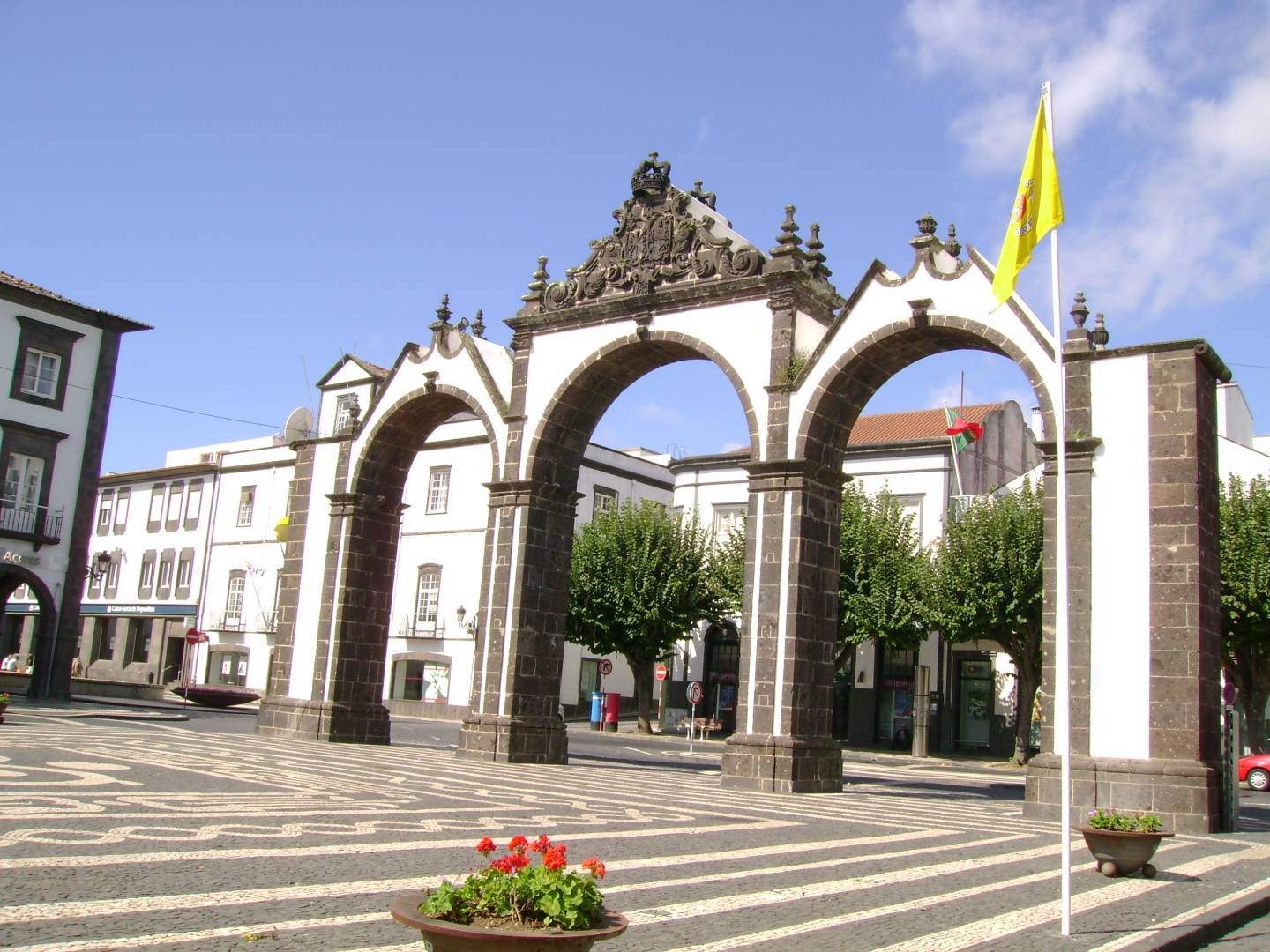
In the Azores, Christmas is a time of getting together and, therefore, between the 24th of December and the 6th of January, groups of people go from house to house, visiting family and friends and, of course, tasting liqueurs, confectionery or whatever each one has to offer. But before entering someone else's house, it is mandatory to ask: “O Menino Mija?”. (Does the boy pisses?). During these days, the tables are set with the best regional delicacies, in a spirit of sharing that the season demands. Interestingly, oranges and tangerines have some protagonism, a legacy of the importance that citrus fruits had, between the 18th and 19th centuries, in the economy of the Azores.
Market Night - Funchal
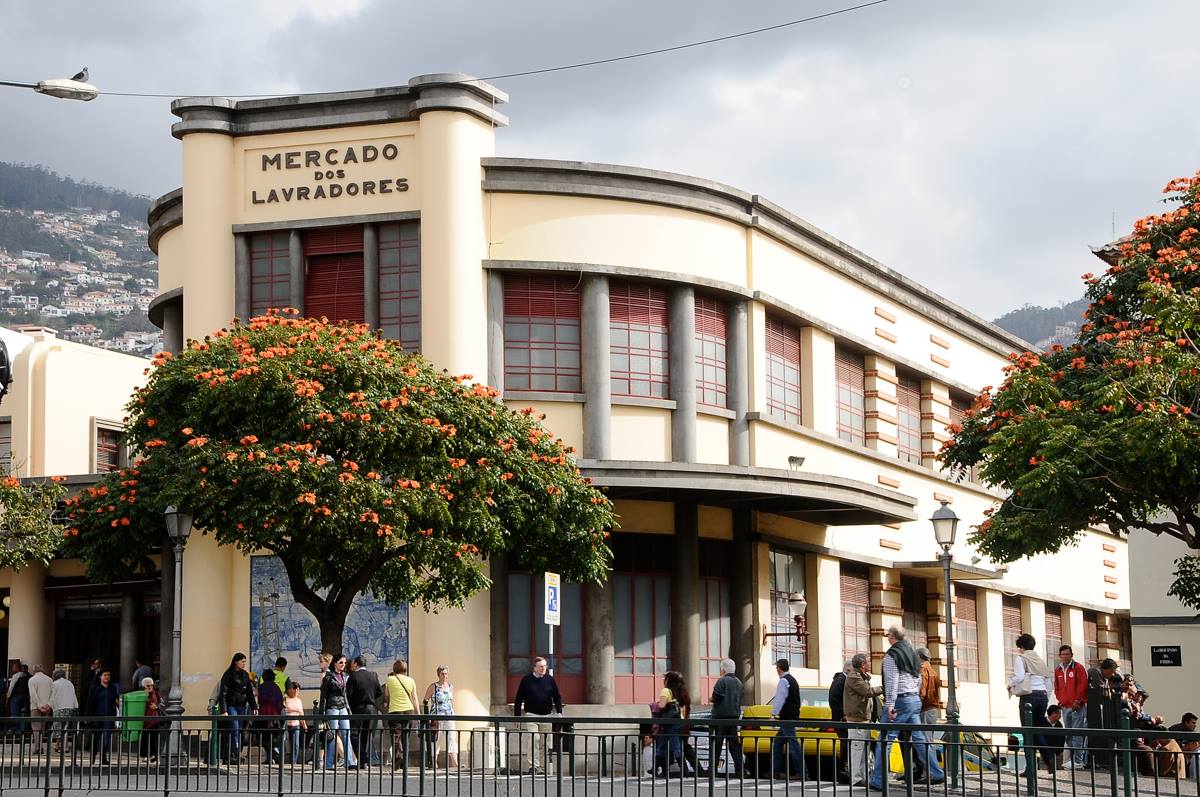
It's a fair, it's a tradition, and it's a real warm-up for Christmas Eve: the "Festa da Noite do Mercado" is a celebration that takes place on the 23rd of December (only!), in Funchal, and lasts all night. For several hours, the Mercado dos Lavradores and surrounding streets are filled with people who come together to sing Christmas carols, dance and drink in what is the longest night on the island. The bars serve traditional drinks (such as poncha) and the delicious “carne vinha d’alhos” sandwich, typical of Christmas. During the day, around the market, regional fruits and vegetables are impressively displayed for last-minute purchases.
Recommended
